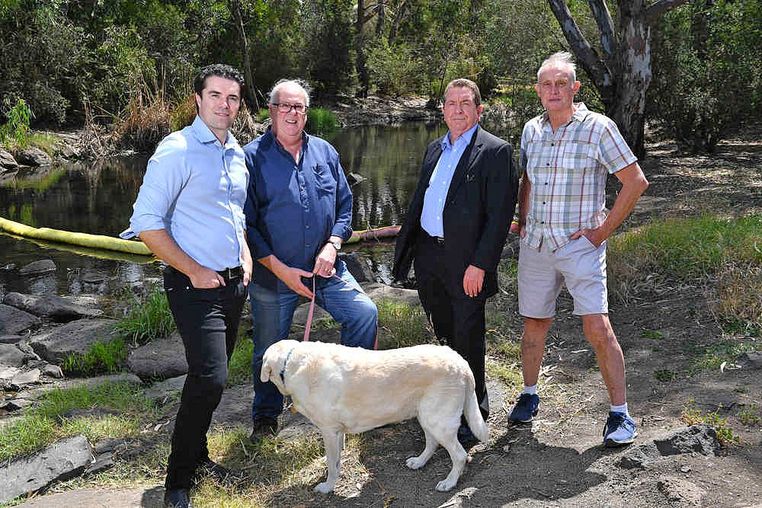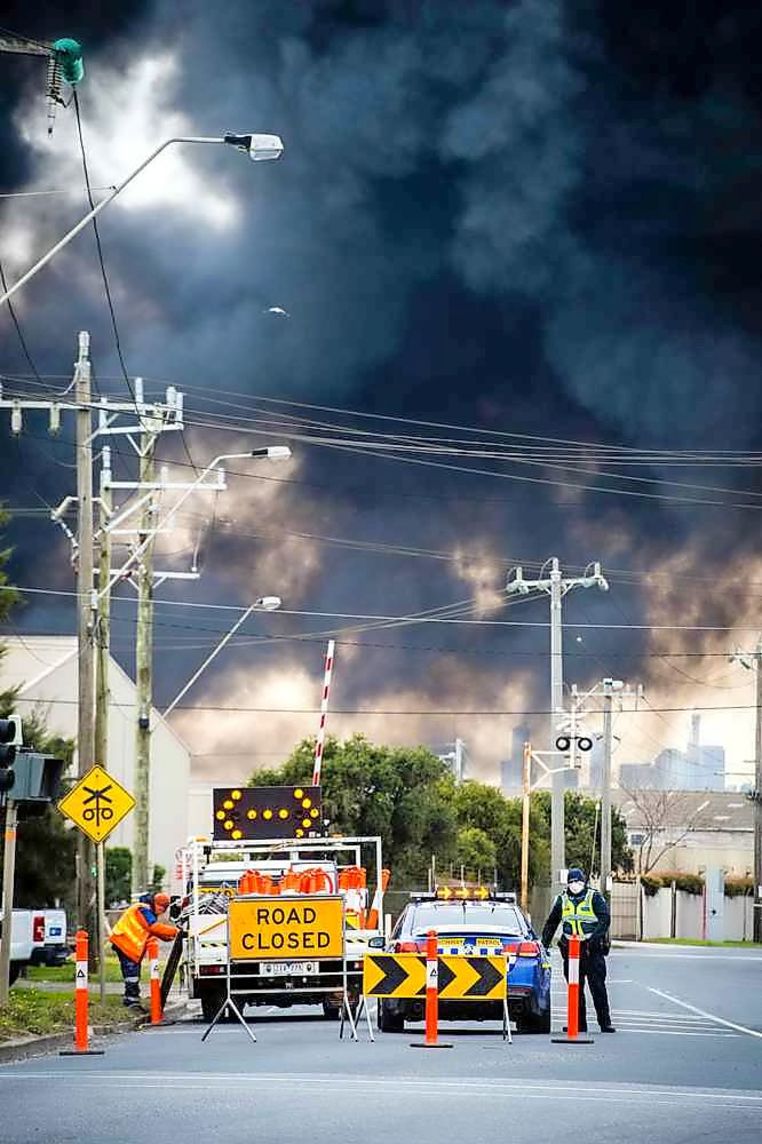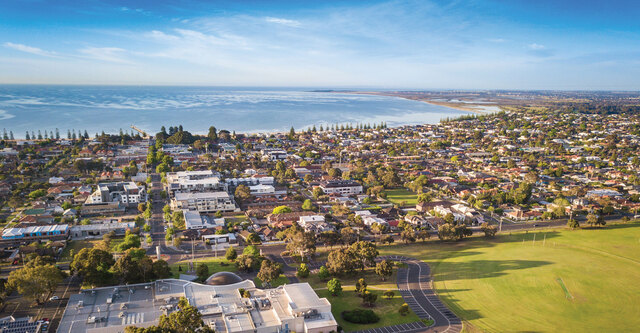Six months on from the largest industrial fire in Victoria in decades, mystery still shrouds the cause of the toxic Tottenham blaze.
The August 30 warehouse inferno was deemed suspicious by the MFB, triggering an investigation by Victoria Police arson and explosive squad detectives.
But no arrests have been made and police remain tight-lipped about the progress of the investigation.
A coronial investigation is also under way into the fire, which sent a plume of toxic smoke over the western suburbs and badly contaminated nearby Stony Creek.
No timeline has been announced for completion of the investigation.
The state coroner became involved at the request of the MBF and the United Firefighters Union.
The UFU raised “serious concerns about health risks to firefighters” exposed to dangerous chemicals and toxic smoke, as well as concerns about public health and safety.
The union is asking the coroner to investigate whether the dumping of waste chemicals and other unwanted goods in rented factories and warehouses has become a “new business model” putting firefighters and the public at risk.
Prior to the fire, the warehouse had been identified as “a danger to the life” of residents and occupants, according to internal Maribyrnong council documents released under Freedom of Information laws.
Authorities say the 14,000-square-metre Tottenham blaze was so fierce investigations may never be able to determine exactly what chemicals were being illegally stored.
Analysis of sample materials indicates the presence of hydrocarbons including benzene, toluene and xylene, along with other compounds, including industrial solvents, detergents and copper.
More than 2500 dead fish and birds were collected from the lower reaches of Stony Creek in the wake of the fire and warnings remain in place for people and animals to avoid contact with the water.
The EPA is continuing to investigate potential breaches of the Environment Protection Act, but is yet to issue any fines to the site’s owner or operator despite the environmental damage.
Melbourne Water has removed about 70 million litres of contaminated water and removed 170 cubic metres of contaminated sediment from the creek.
A further 500 cubic metres of sediment has been identified for removal in coming weeks.











